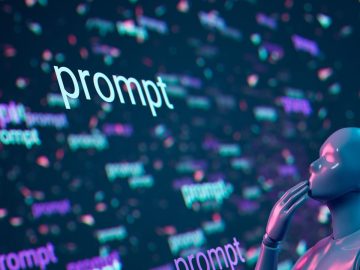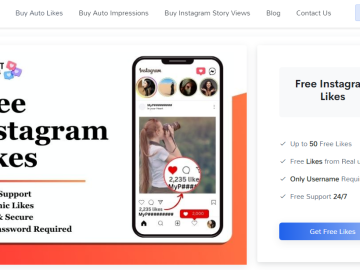Google offers a few new ways to figure out where the hell that photo of Pope Francis in Balenciaga actually came from. The company’s latest updates to Android, Search, and Play Store have a common theme. They’re all designed to give users more options to discover a deepfake’s sordid history and report it.
Take Google Play, which on Wednesday, notified app makers it plans to update its app policies for generative AI apps. Starting sometime early next year, each app that incorporates any kind of AI chatbot or image generator needs to have an in-app reporting mechanism for offensive AI content. The reporting mechanism needs to be in-app, and Google said these reports should “inform content filtering and moderation” for each AI-based app.
It’s effectively the same requirement in the company’s user-generated content policy, and it doesn’t change any existing policies against creating restricted content such as child abuse material.
Google also plans to offer users a way to look at the direct history of an image, which could potentially be a handy way of dealing with AI deepfakes. Google first announced its “About this image” feature back in May at Google I/O, but it finally started making its way to users Wednesday. The tool is similar to Google’s existing text-based “About this result” feature introduced all the way back in 2021, but instead of offering information about a webpage, it tracks where an image has shown up before on the internet.
After you click on an image, you can hit the three dots on the top bar then click “About this image” to find web results where it’s been used before. It will include a timeline of the last pages to use it, offering a rough estimation of when it first appeared online. Google used the example of a famed warped house in Poland, saying “Now, with ‘About this image,’ you can see that crooked house is actually real, and not a digital illusion.”
The tool will offer a few more insights on whether it was referenced by any fact-checking sites or if it was taken from somebody’s page without permission. It will also share the image’s metadata, which could potentially include some tags whether it was generated by AI. Google and Adobe have promised to include a metadata mark on anything made with their own AI art generators, though that ignores how it’s relatively easy to modify those metadata tags.
“About this image” is only available in regular searches to start, but Google says it will add more ways to access the tool as time goes on.
The other big update is to the ongoing Search Generative Experience (SGE) beta, which effectively adds an AI chatbot to Google’s search function. Now the in-built chatbot should be able to offer up more information about “some sources” based on information from other “high-quality sites.” This will appear in the “About this result” if there isn’t any data from Wikipedia or Google Knowledge Graph.
Other recent updates to SGE added article and page summaries, but Google has been hard-pressed to balance the chatbot offering users the info they want while making sure it all comes from legitimate sources. Google is just one of many companies pushing AI that makes comprehending the truth a bit harder. Now it’s trying to keep up with itself to mitigate AI’s harms all while trying to outwit the other rodents in the great AI rat race.
open article in new tab
Originally Appeared Here




